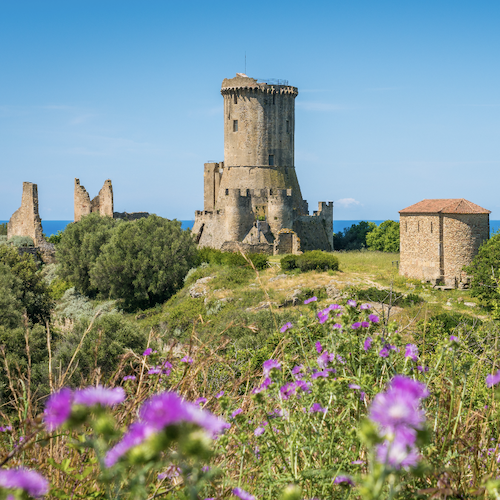
Paestum and Velia
The Cilento region has a rich, vibrant, and deep cultural context. A border between the Greek colonies of Magna Graecia and the indigenous Etruscan and Lucanian peoples, it is home to the remains of two great cities of the classical era, Paestum and Velia.
Elea, founded in the 6th century B.C. and later renamed Velia by the Romans, was the cradle of one of the most famous philosophical schools of ancient Greece, and is still the custodian of traces of the thought of Parmenides the ‘philosopher-physicist and philosopher-physician’ and his students Zeno and Melissus. A poem “On Nature” reflecting on ‘being,’ the most authentic core of knowledge of the world, which can be considered the first true philosophical text in the history of Western thought and the conception of man in his environment.
Salerno Medical School
Cilento is a land rich in scientific and medical background. Its history dates back to the Salerno Medical School, founded in the IX century. Over time, this medical school became an institution at the European level, characterised by a very strong international environment. It was born in a latin environment, but the school was very open to other cultures. One example of this openness is the presence of Constantine the African, doctor and intellectual of the XI century, who brought in the West, Arab science and medicine.
The Salerno Medical School was an incredible experience in terms of openness to the point of having not only female pupils but also female teachers who were no longer relegated to the role of simple midwives but were able to access the upper ranks of the university hierarchy as well as being able to practice medicine.
Trotula de Ruggero was the most famous of them all and her fame was such that she became a legendary figure throughout Europe. She lived in the 11th century and dealt with women’s diseases, surgery, and even cosmetics (in the Middle Ages the distinction was not as clear-cut as it is today). Her treatises were the basis of medicine for women for a long time.
This attention to medicine appeared again, stronger than ever in the last century during the ‘60s, when Mr. and Mrs. Keys arrived in Cilento to understand the reason for the human longevity in these lands. Their arrival in Cilento was a fundamental moment in the history of nutrition and in the history of us all: they were about to give the name to what we now know as the Mediterranean Diet. In 1975 they published “Eat well and stay well, the Mediterranean way.”
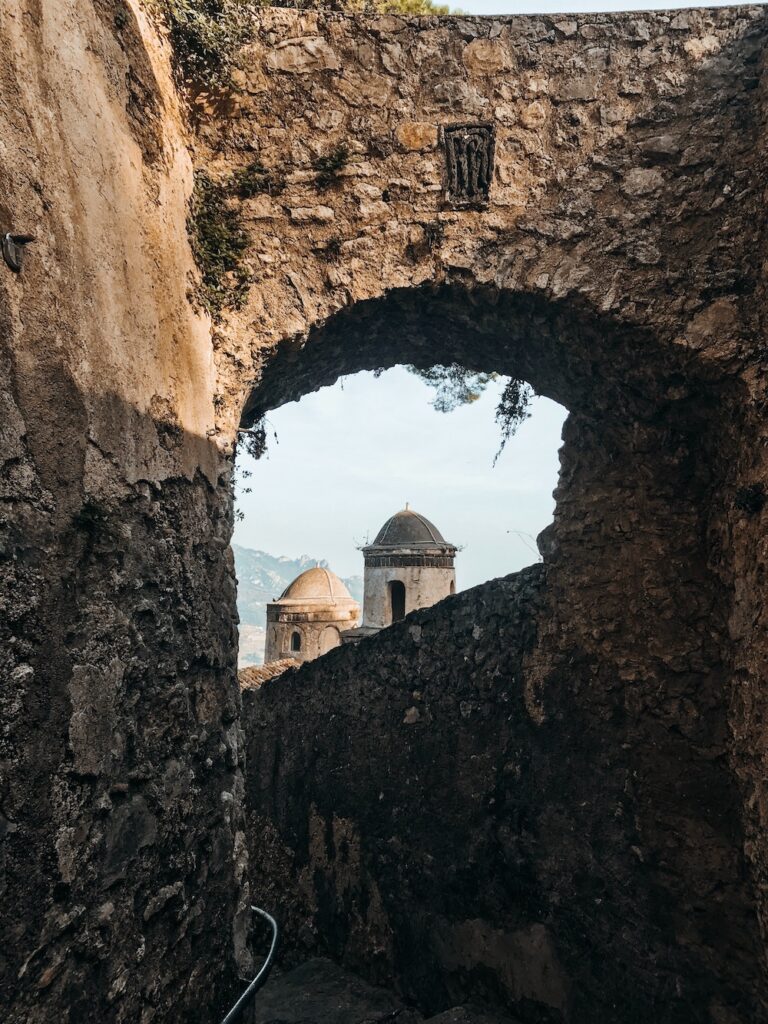
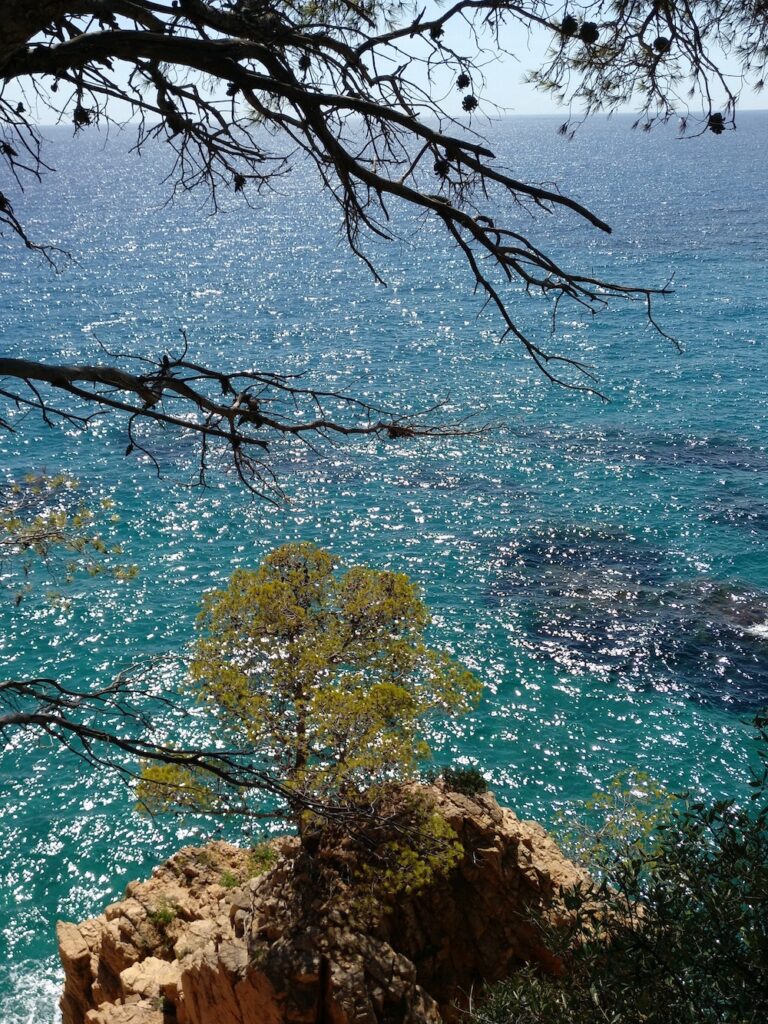
National Park of Cilento Vallo di Diano and Alburni
The National Park of Cilento Vallo di Diano and Alburni is bordered by two marine protected areas, one to the north, the Santa Maria di Castellabate Marine Protected Area, and another to the south, the Costa degli Infreschi and Masseta Marine Protected Area.
The Mediterranean lifestyle begins with our seas because it is here, in these little-known and little-regarded places, that life takes place. It is thanks to the seas, for example, that large quantities of CO2 are stored, and it is here that one of the world’s most complex ecosystems, the marine one, resides. Marine Protected Areas therefore play a key role as regulators, fundamental not only to protect them from invasive practices, but also to raise awareness of the importance of life in and around the sea.
The Santa Maria di Castellabate Marine Protected Area, located about 25 km north of Pollica, covers a sea surface of 7075 ha. This area is rich in aquatic plants, including coralligenous plants and Posidonia oceanica, which is considered a true indicator of the wellbeing of the water and the marine ecosystem in general.
To the south we find the Costa degli Infreschi and Masseta Marine Protected Area, an area of 2232 hectares, where there is a particular endemic species on land, the Primula palinuri, which is in danger of extinction. The area is not only known for its beauty, but is also an important place of interest for marine biologists and archaeologists. It is here, in fact, that the remains of Neanderthal men were found in the Molare cave.
Cilento Geopark - World Heritage Biosphere Reserve
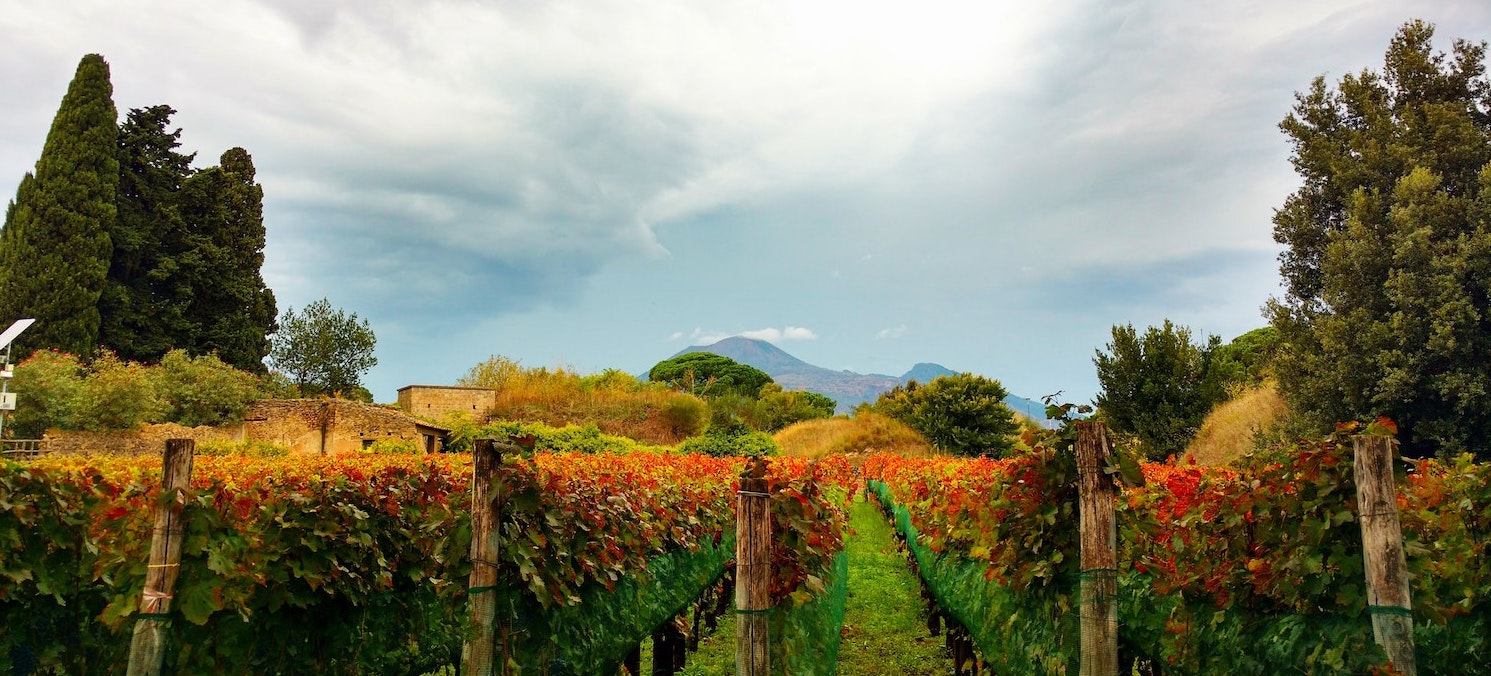
In 2009, the Italian Association for Organic Agriculture instituted the first Bio-District of Italy. It covers an area of 3,196 square kilometres and includes 37 municipalities, 400 organic farms (23% of tot. organic producers in Campania) and 2,300 hectares. As of today, the Bio-District of Cilento hosts the headquarters of the International Network of Eco-Regions (IN.N.E.R.).
On October 1st, 2010, during the 9th International Conference of Geoparks, in Lesvos, Greece, the National Park of Cilento Vallo di Diano and Alburni became part of the European and World Geopark Network under the patronage of UNESCO.
The Geopark is located in the province of Salerno, Campania and occupies the whole of the territory of the National Park of the Cilento and Vallo di Diano.
The Park extends from the Tyrrhenian coast to the margin of the Lucania mountains, constituting one third of the Campania coast and is characterized by gentle northern and more irregular southern landscapes (figure 1).
This strong morphological contrast is attributable to the distinct bipartite nature of the geology and to the area’s long evolutionary history. Carbonate massifs within the Geopark are characterized by karst features including caves, vast plateaus with dolines and polje separated by slopes sculpted by intense neo tectonic activity and dissected by deep gorges and canyons.
The upper arenaceous conglomerate component of the “Flysch of the Cilento” (Auctorum) exposed at the surface on Mount Stella, Mount Gelbison and Mount Centaurino and the underlying clayey marly component are associated with the hilly reliefs of Velia, the Mingardo and Bussento This landscape was sculpted primarily through stream erosion and by slope processes.
In this Geopark, various categories of geosites were distinguished based on their stratigraphical, geomorphological, paleoenvironmental, structural, hydrogeological and paleontological significance. Geosites also include sites with particular panoramic (scenic sites) or economic (ancient mines) value.
The size and geodiversity of the territory of the Geopark are matched by the variety of important ecosystems. A large part of the Geopark’s territory coincides with the Reserves of the Biosphere, the National Park of the Cilento and Vallo di Diano which has been included in the UNESCO list of World Heritage Sites since 1998. The majority of geosites occur within the UNESCO site. The Geopark has a network of trails, approximately 1500 km, with signage in accordance with the strictures of the Italian Alpine Club. These trails are partly equipped with educational panels, a system of signs and rest areas.
The Geopark also contains a network of approximately 41 museums devoted to archaeology, geology and paleontology and the history and development of civilization. The presence of the sea is not ignored and its marine life is displayed in an aquarium.
Mediterranean Diet Museums
The Living Museum of the Mediterranean Diet in Pioppi (Pollica)
A museum dedicated to the Mediterranean Diet food model and lifestyle recognized by UNESCO in 2010. The museum organizes educational workshops , Cilento cooking courses and guided tours of the local paths, gardens and mills. It provides a tribute Ancel Keys, his wife Margaret, and their colleagues, who promoted a lifestyle inspired by healthy eating, respect for the environment, and local culture.
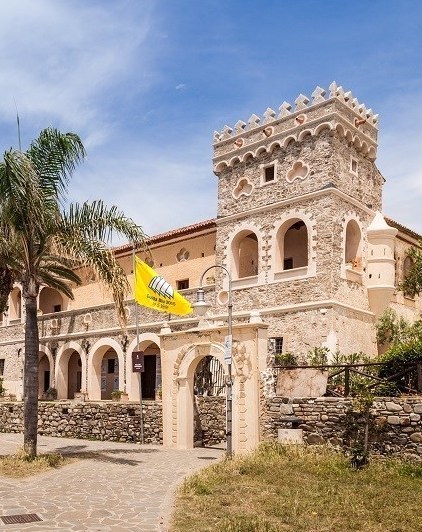
The Virtual Museum of the Mediterranean Diet
The Virtual Museum of the Mediterranean Diet is created by MedEatResearch - Center for social research on the Mediterranean Diet as part of the «Works and lives. Safeguarding and digital promotion of orality and traditions linked to the intangible heritage of the Mediterranean diet in Campania and in the emblematic UNESCO communities "funded by the Campania Region (CUP D66C18000340002).
